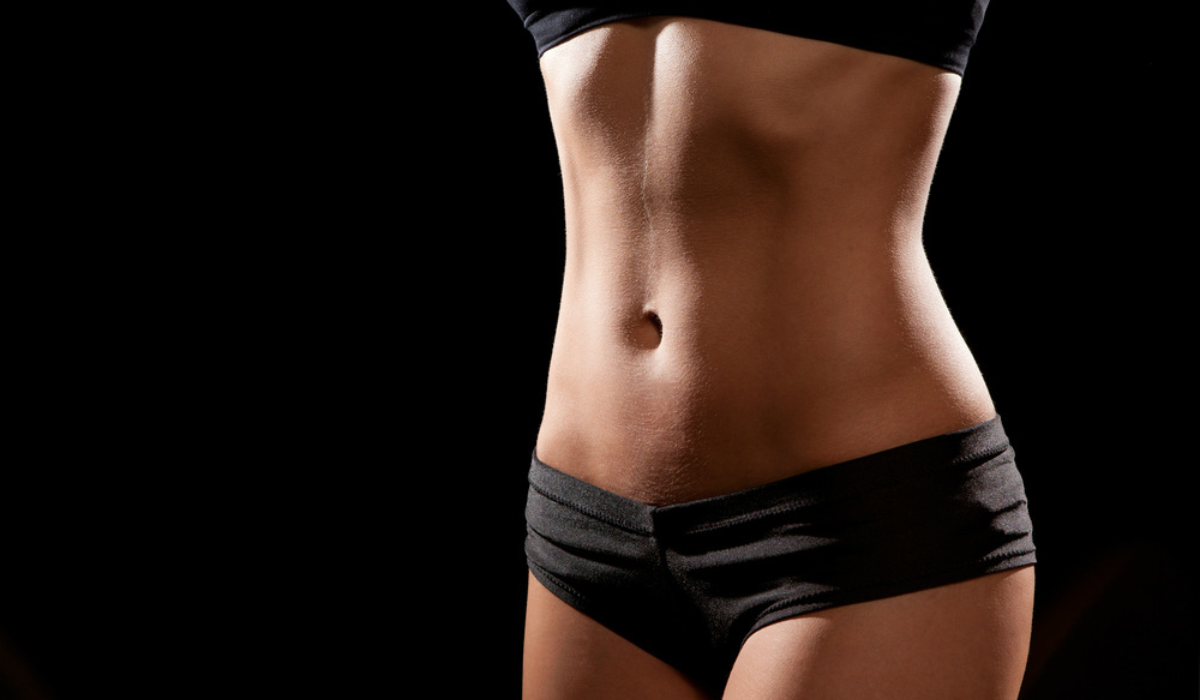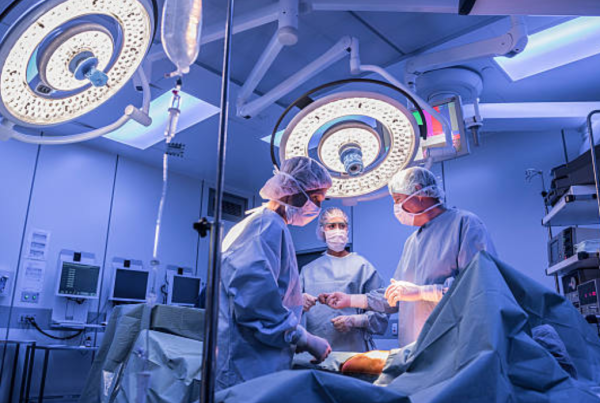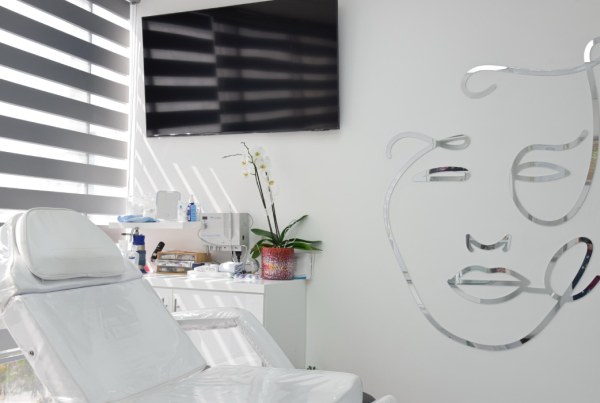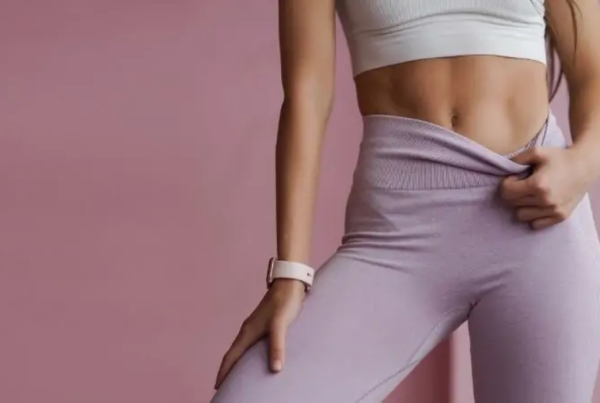When patients search for Types of Liposuction in Women, they want a concise, medical-grade explanation of the
safest and most effective liposuction techniques for women. Dr. Chang, a board-certified plastic surgeon in Tijuana,
explains how today’s options range from classic suction to energy-based approaches such as
laser-assisted liposuction, ultrasound liposuction, and power-assisted liposuction, so you can match the technique to your goals, anatomy, and lifestyle.
What “type of liposuction” really means
“Type” refers to the technology used to dislodge and aspirate fat. Traditional suction relies on mechanical removal,
while energy-based modalities add thermal or acoustic energy to facilitate fat disruption, stimulate collagen, and
enhance skin retraction. In medical terms, lipectomy describes surgical fat removal, and lipolysis refers to
fat breakdown—two concepts that help classify modern techniques. According to
Mayo Clinic, liposuction is a contouring procedure rather than a weight-loss method.
Main Types of Liposuction in Women
Suction-Assisted Liposuction (SAL)
The classic approach: the surgeon inserts fine cannulas connected to a vacuum system to aspirate fat.
SAL is reliable for larger volumes and can be paired with other modalities to refine edges or transition zones.
Bruising and swelling may be more noticeable than with energy-assisted options, but SAL remains a cornerstone of
modern body contouring for women with adequate skin quality.
Tumescent Liposuction
A dilute solution (saline, lidocaine, epinephrine) is infused to minimize bleeding and discomfort before aspiration.
The technique improves safety and allows more precise sculpting in multiple regions during a single session.
The American Board of Cosmetic Surgery recognizes tumescent liposuction as a widely used and safe standard.
Power-Assisted Liposuction (PAL)
PAL uses a micro-vibrating cannula to gently separate fat with less manual force, improving efficiency in dense or
fibrous areas such as back, flanks, and outer thighs. Many women appreciate faster, more controlled fat extraction,
especially when contouring multiple zones. As one of the leading liposuction techniques for women, PAL often
reduces operative strain and helps maintain smoother planes.
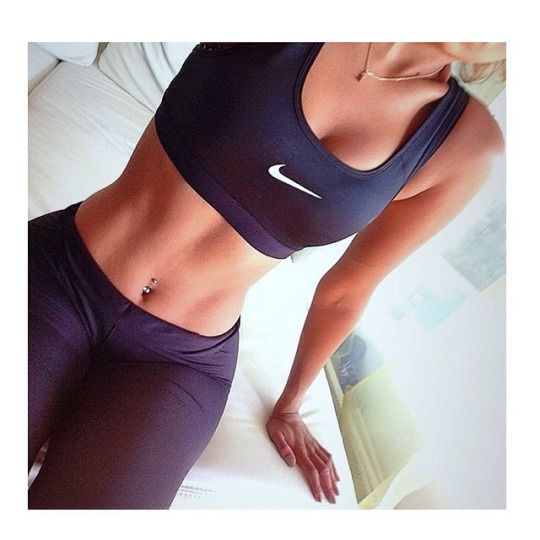
Ultrasound-Assisted Liposuction (UAL / VASER)
Ultrasound-Assisted Liposuction (UAL / VASER)
Ultrasound liposuction transmits acoustic energy to emulsify fat prior to suction. VASER is a well-known platform
in this category. Benefits include selective fat disruption, easier extraction in fibrous areas, and a tendency for
moderate skin tightening when combined with proper compression and aftercare. Thermal control is essential, making
surgeon experience a key safety factor.
Laser-Assisted Liposuction (LAL / SmartLipo)
Laser-assisted liposuction delivers heat via a thin fiber to liquefy fat and stimulate dermal collagen. It’s often
chosen for delicate zones (arms, submental area) or when mild to moderate skin tightening is desired. LAL is not a
substitute for surgical lifting in cases of severe laxity, but it can meaningfully enhance definition within the
right indication.
Radiofrequency-Assisted Liposuction (RFAL)
RFAL devices apply bipolar radiofrequency to coagulate tissue and promote skin contraction while fat is aspirated.
This option is useful for women with mild to moderate laxity who want contouring plus a tightening boost. Proper
temperature monitoring and real-time feedback are essential to protect the skin and subcutaneous tissues.
Water-Jet Assisted Liposuction (Body-Jet)
A pressurized, fan-shaped stream of tumescent solution gently separates fat before aspiration, which can reduce
trauma and bruising. Water-jet methods are valued for smooth transitions between treated and untreated areas and may
be helpful when delicacy is paramount, such as around the knees or arms.
Combined or Hybrid Techniques
Many of the most predictable outcomes come from combining modalities—e.g., tumescent + PAL for efficiency, or
UAL/laser + SAL to blend precise fat disruption with smooth aspiration. Your surgeon may tailor an algorithm by area:
fibrous zones benefit from energy-assisted devices; uniform regions accept traditional suction for volume; borders
are refined with micro-cannulas to minimize step-offs.
High-Definition Liposuction (HD Liposculpture)
HD Liposculpture is a goal-driven, anatomic approach that highlights natural muscle borders and shadow lines with
millimetric precision. For women seeking athletic definition in the abdomen, flanks, and back, this technique
prioritizes symmetry, proportion, and controlled fat removal. Learn how
Dr. Chang offers HD Liposculpture in Tijuana
with careful planning and conservative, safety-first execution.
Post-Bariatric Liposuction
After massive weight loss, liposuction often complements excisional procedures to refine stubborn adipose pockets.
When goals include restoring proportion and firmness, many women plan staged care—sometimes integrating
Mommy Make Over
elements—to harmonize waistline, abdomen, and breasts while respecting healing timelines.
Which technique is best for a woman?
There is no single “best” option. Selection depends on skin elasticity, fat density and distribution, prior surgical
history, recovery time, and aesthetic goals. As a practical guide:
- For moderate laxity, RFAL or laser can assist with skin contraction.
- For dense, fibrous fat, power-assisted liposuction (PAL) or VASER improves efficiency and control.
- For added skin tightening in small zones, laser-assisted liposuction is a strong adjunct.
- For athletic lines, HD Liposculpture prioritizes anatomy-based sculpting.
Many women also pursue complementary procedures for full-frame balance. For instance, combining body contouring with
Breast Surgery
can align upper- and lower-body proportions, while
Dr. Chang’s HD Liposuction blog insights
outline how technique selection impacts definition and recovery expectations.
Procedure flow and recovery timeline
Regardless of the specific Types of Liposuction in Women, most procedures follow a similar flow: pre-operative marking and
anesthetic plan, sterile infiltration (if tumescent), controlled fat dislodgement (mechanical or energy-assisted),
meticulous aspiration, hemostasis, and compression. Typical aftercare includes early ambulation, lymphatic massage
if indicated, and strict garment use to guide tissue adherence.
Typical parameters by technique
| Technique | Common Anesthesia | Typical Duration | Initial Downtime | Notes |
|---|---|---|---|---|
| SAL (traditional suction) | Local + sedation / General | 1–3 h | 3–7 days | Reliable volume reduction; more bruising possible. |
| Tumescent | Local / Local + sedation | 1–2 h | 3–6 days | Widely used; excellent hemostasis and comfort. |
| PAL | Local + sedation / General | 1.5–3 h | 2–5 days | Efficient in dense fat; refined control. |
| UAL (VASER) | Local + sedation | 1.5–2.5 h | 2–6 days | Selective fat disruption; moderate tightening. |
| LAL (SmartLipo) | Local / Local + sedation | 1–2 h | 2–4 days | Adjunct skin tightening; small zones excel. |
| RFAL | Local + sedation / General | 2–3 h | 3–5 days | Thermal tightening; strict temperature control. |
| Water-Jet | Local / Local + sedation | 1–2 h | 3–5 days | Gentle separation; smooth transitions. |
| HD Liposculpture | Local + sedation / General | 2–4 h | 4–7 days | Anatomy-driven definition; garment precision matters. |
Risks and safety considerations
All surgical procedures carry risk. Potential issues include contour irregularities, asymmetry, seromas, sensory
changes, or thermal injury when energy devices are misused. Surgeon experience, intra-operative monitoring, and
evidence-based protocols significantly mitigate risks. As a member of the
International Society of Aesthetic Plastic Surgery,
Dr. Chang emphasizes comprehensive candidacy evaluation and clear expectations before selecting among the
Types of Liposuction in Women.
FAQs
How many Types of Liposuction in Women are there?
At least eight core categories—SAL, tumescent, PAL, UAL (VASER), LAL (SmartLipo), RFAL, water-jet, and HD
Liposculpture—plus hybrid combinations tailored to your anatomy and goals.
Can techniques be combined in one surgery?
Yes. Hybrid plans (e.g., tumescent + PAL, or VASER/Laser + SAL) let the surgeon deploy the right tool per area,
often improving efficiency, smoothness, and recovery.
Which option typically feels easiest during recovery?
Energy-assisted methods can reduce trauma and bruising for many patients, but recovery still varies by volume,
zones treated, garment compliance, and individual healing.
Does liposuction remove cellulite?
No. Liposuction targets subcutaneous fat; cellulite involves fibrous septae and skin architecture. Some tightening
from LAL or RFAL may improve texture, but it is not a cellulite treatment per se.
When will I see final results?
Early contour changes appear within 4–8 weeks. Swelling continues to refine for 3–6 months, when most women see
their stable outcome.
Next steps with Dr. Chang
If you’re evaluating Types of Liposuction in Women, align expectations with your anatomy and timeline. Explore
technique details and real-world applications in
Dr. Chang’s HD Liposuction blog content,
review his approach to precision contouring in
HD Liposculpture in Tijuana,
and consider comprehensive shaping with
Mommy Make Over
and proportional enhancement via
Breast Surgery.
A personalized consultation will map your goals to the safest, most effective plan.
